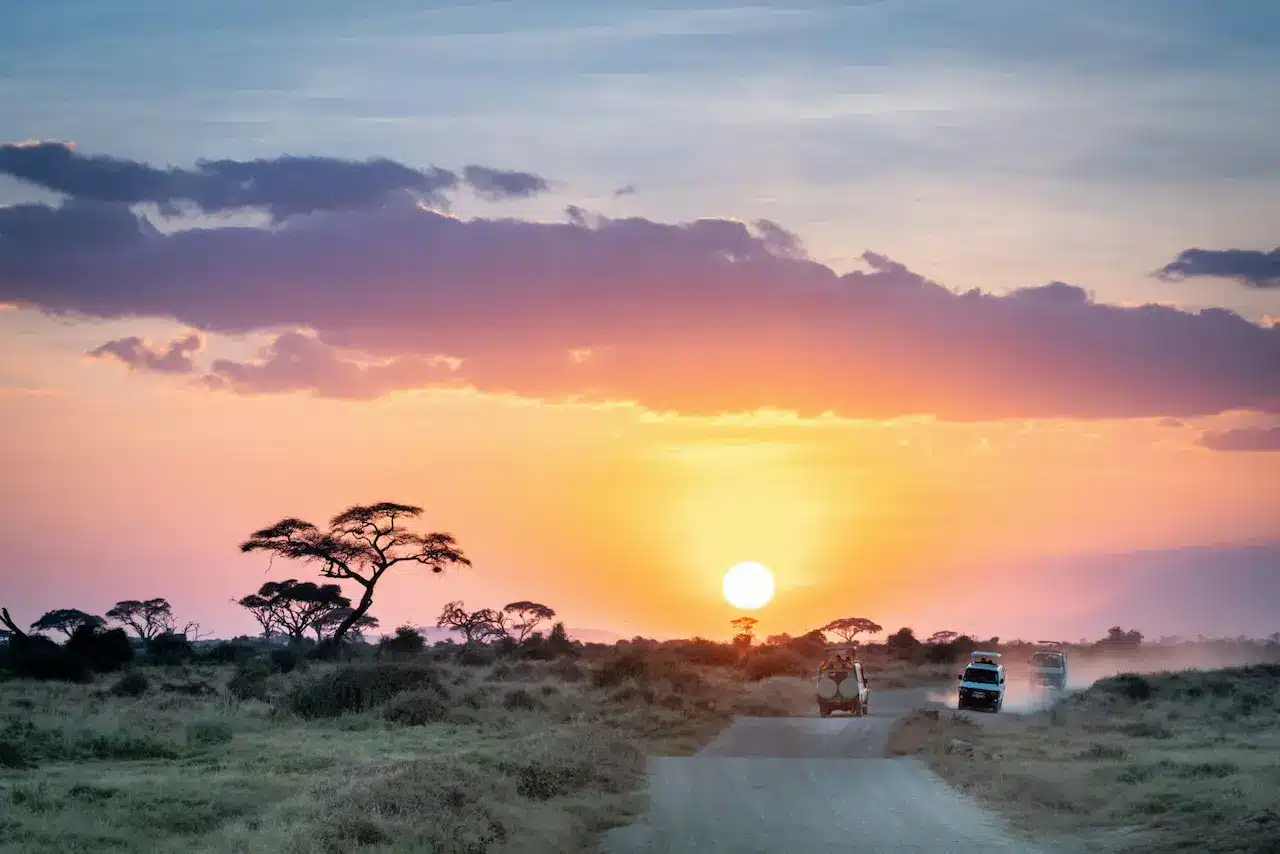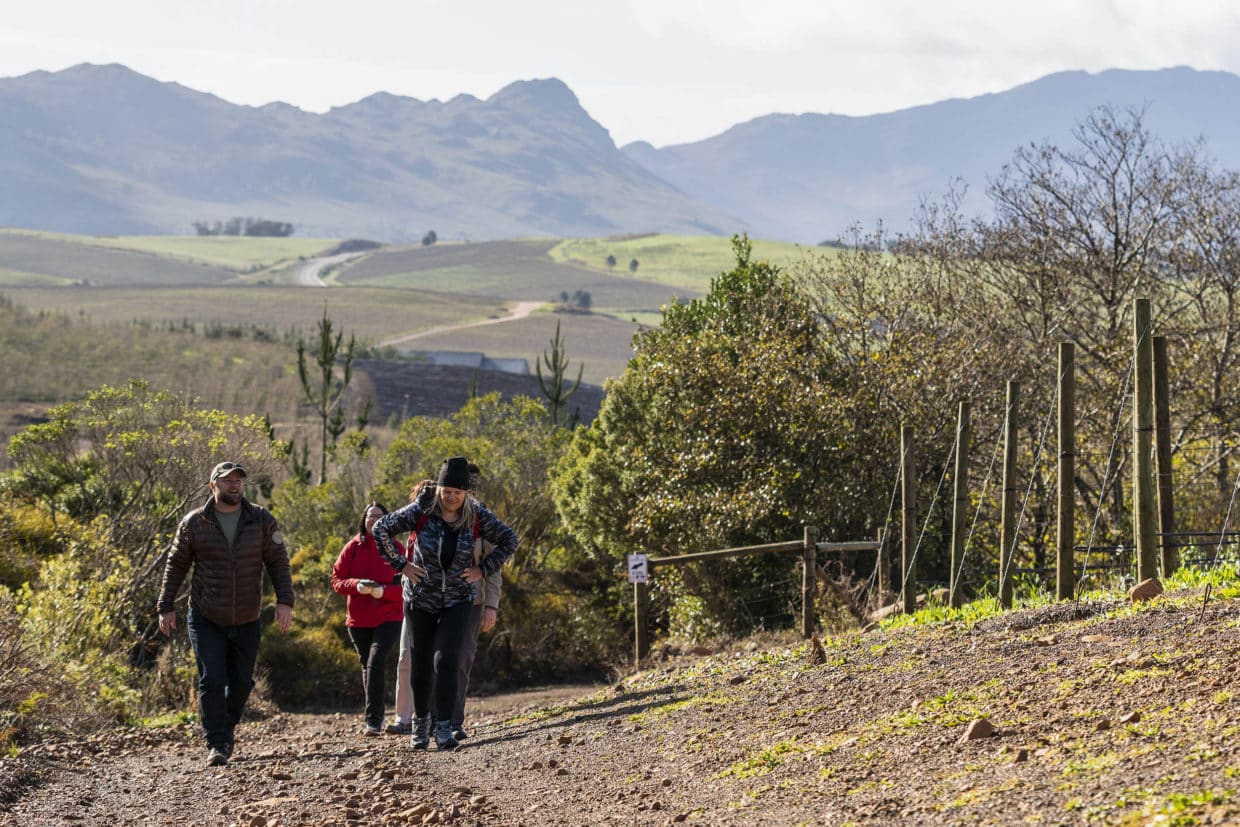5 Ways Kenya is Promoting Responsible Tourism
As travel becomes more accessible than ever, the spotlight has shifted from simply visiting new places to making sure tourism brings real benefits to local communities and the environment. Travelling responsibly not only helps protect natural landscapes and traditional ways of life but also ensures that future generations can enjoy these destinations to the fullest.
Kenya allows visitors to experience breathtaking wildlife and rich cultural diversity and has positioned itself as a pioneer in responsible tourism across Africa. The country is making impressive progress in shaping a tourism model that safeguards its natural resources, uplifts local communities, and honours its cultural heritage, all while offering visitors truly unforgettable experiences.
In this article, we’ll cover five ways that Kenya is working towards promoting responsible tourism. Keep reading to learn more about the sustainability efforts in this outstanding destination.
Supporting Local Businesses
Kenya’s tourism authorities have come to recognise that the economic benefits of travel should go beyond large international hotel chains and tour companies. A key part of this involves promoting and integrating local businesses into the visitor experience, which is great for small companies aiming to reach the tourism market here.
In popular tourist destinations like Nairobi, Mombasa, and the Maasai Mara, local markets have become essential stops on many travel itineraries. Here, visitors can browse and buy authentic Kenyan crafts, textiles, and artwork directly from artisans. Not only does this offer a more genuine and meaningful experience for travellers, but it also helps small businesses thrive and sustain their trade.
Beyond markets and independent shops, a growing number of tour operators are now working with local food producers and restaurants to highlight Kenya’s vibrant culinary offerings. Farm-to-table experiences are an increasingly popular feature of safari tours, giving guests the chance to visit small-scale farms before enjoying meals made with fresh, locally sourced ingredients. This not only helps celebrate local culture but also ensures tourism supports Kenya’s agricultural communities.

Community Centred Tourism
Kenya has made a concerted effort to place local communities at the heart of both tourism development and conservation. A key part of this approach is encouraging community participation in tourism-related activities.
Across the country, more communities are choosing to lease their land for conservation and tourism, all while retaining ownership and control. In many cases, revenue generated through tourism is reinvested directly into vital community projects. This provides opportunities for building schools, improving healthcare services, and developing water infrastructure. With this shift taking place, the model not only empowers local people but also helps preserve the surrounding landscapes for future generations.
One of the biggest tourism draws is, of course, the incredible safari experiences in Kenya, which provide unforgettable voyages. Many of these excursions are also becoming increasingly community-led, with many locals working as expert guides. Their deep knowledge of wildlife, culture, and history adds richness and authenticity to visitors’ journeys.
Many tourism facilities also employ a majority-local workforce, and growing numbers offer training programmes that help ensure management roles are accessible to members of the community. This enables locals to take an active role in shaping how tourism evolves and how it impacts their land and livelihoods.
Cultural Preservation
Kenya’s approach to cultural tourism has seen a meaningful shift in recent years. This has involved moving away from staged performances and instead creating more authentic and respectful cultural experiences.
In communities such as the Maasai, Samburu, and others, many cultural centres are now owned and operated by the communities themselves. These centres offer visitors genuine insights into traditional ways of life while also providing a valuable source of income that supports efforts to preserve cultural heritage.
Kenya has also integrated cultural heritage into formal tourism education. Courses on indigenous knowledge systems are now offered at major universities and tourism training institutions, helping to ensure that future tour guides are well-equipped to share accurate and respectful cultural context in their work.

Sustainability
Environmental sustainability is now at the core of Kenya’s tourism strategy, with the country making bold strides to minimise the sector’s ecological footprint.
Eco-certified accommodations are becoming more common across Kenya, offering travellers a more responsible way to enjoy the country’s stunning landscapes. Many of these lodgings are powered by renewable energy. This often includes solar power, water-saving technologies and more. Harvesting rainwater and implementing greywater recycling also eases the pressure on limited water resources in Kenya.
Kenya is also embracing greener transport options. Several conservancies and national parks have introduced electric safari vehicles, which help cut down on emissions and reduce noise pollution that can disturb wildlife. This not only helps protect the natural surroundings but also ensures a more authentic safari experience for those visiting this beautiful country.
Wildlife Rehabilitation
With wildlife being one of Kenya’s biggest tourist draws, protecting these animals is a top priority. Today, conservation efforts go beyond protection, as they now include advanced rehabilitation and habitat restoration programmes.
Tourism revenue plays a vital role in supporting anti-poaching operations, helping to fund ranger training and equipment. Community rangers are now at the forefront of wildlife protection, combining conservation with sustainable livelihoods.
Kenya has also launched large-scale habitat restoration projects aimed at reviving degraded ecosystems. These initiatives are reconnecting fragmented wildlife corridors, allowing animals to migrate naturally once again.
In addition, Kenya Wildlife Services has teamed up with research institutions to offer tourists the chance to take part in citizen science projects. These hands-on experiences give visitors a deeper understanding of conservation challenges while contributing valuable data to wildlife research.
Summary
Kenya’s approach to responsible tourism offers a powerful example of how ecological conservation, economic growth, and cultural preservation can go hand in hand. By supporting local businesses, empowering communities, preserving cultural traditions, adopting sustainable practices, and investing in wildlife protection, Kenya is building a tourism industry that works for both people and the planet.




